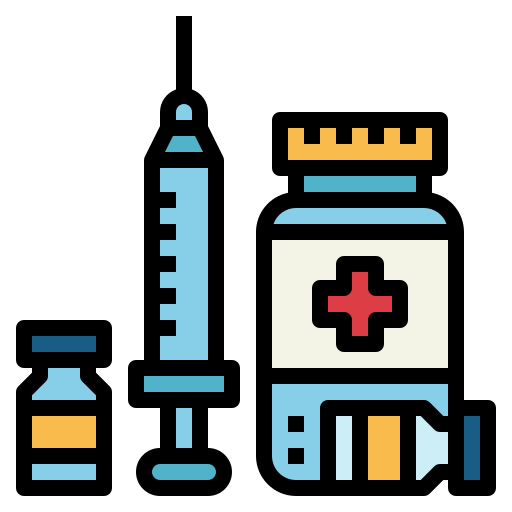The Drug Misuse and Dependence: UK Guidelines on Clinical Management Dec 2017, often called the Orange Book, contains guidance for clinicians treating patients with drug problems. Prescriptions should only be considered after the patient has been fully assessed and has shown evidence of opioid dependence and motivation to stabilise their drug use.
Inpatient care of people who use drugs who are hospitalised for non-drug related treatment
If a person who uses drugs stable on a verified maintenance dose is admitted to hospital, this should be continued at the established dose after confirmation with the relevant prescriber and/or community pharmacist. The date of the last dose should ideally be confirmed by the Community Pharmacy due to the risk of overdose caused by rapid loss of tolerance as a consequence of missed doses.
If a history of drug use is given by a patient not on prescribed treatment, refer to hospital policy or discuss with Addiction Services. This should also include checking with the Substance Misuse Nurse Service in the hospital.
Pain relief for patients on methadone is best provided by non–opioid analgesics such as aspirin, paracetamol or NSAIDs. For severe pain, doses of opioids larger than normal may be required. For patients prescribed buprenorphine, contact substance misuse liaison nurses/addiction services for advice. Buprenorphine is an opioid receptor partial agonist with strong affinity for receptors and as such blocks the action of most opiates.
For patients that report issues who are not currently prescribed Opioid Agonist Treatment (OAT) please see guidance below for Acute Opioid Withdrawal.
